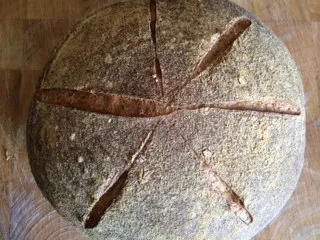100% Whole Wheat Brioche
Now there’s a string of words that usually don’t go together.
For old timers who thought I might have gone the way of Bill Wraith – no, I didn’t just disappear. At the end of December 2013, I officially hung up (sort of) the consultant/road warrior gloves and went into my long planned retirement.
- Log in or register to post comments
- 15 comments
- View post
- proth5's Blog








